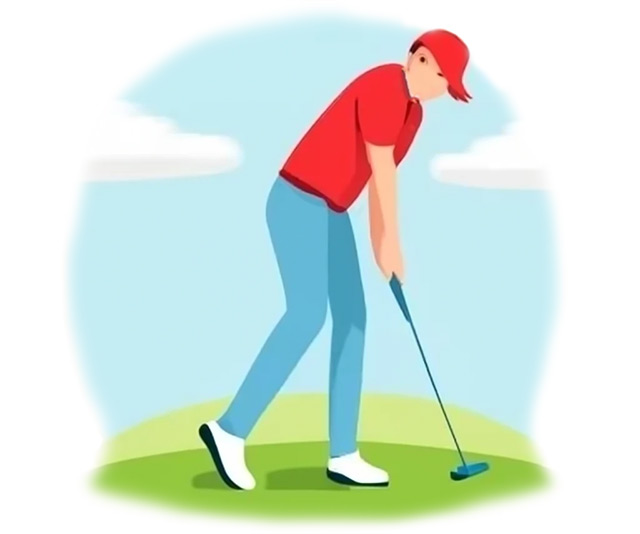We have several online reaction tests on the website. I have been asked numerous times by students, teachers and research scientists if they can use these reaction timer tests for their school projects or for scientific research. Here is some information that may answer any questions you may have.
Is the test copyrighted?
You are free to use the reaction timer on these pages for your research, as with all information on this website. Generally, you are free to use the information as long as the source of the information is listed, such as linking back to this website. See the copyright page for more information.
Is the test accurate, valid, and reliable?
The test can be affected by the speed of the computer being used, so may not be reliable if you use results from different computers. Also, clicking on a computer screen versus tapping a phone screen can produce different results, If you use the same device or the same method it should be a reliable test. I have not compared the results to a criterion measure, so I have no idea how accurate it is, though the values seem to be reasonable. Whatever test procedure you use should be standardized to ensure test-retest reliability.
Controlling the procedure
For this test to be reliable, the test procedure needs to be well-controlled. See these pages for details about testing reaction time. The subject should be seated comfortably, with the seat, tabletop and screen at an appropriate height. This setup should be standardized for all participants, and the details of the procedure recorded with the results so that the same conditions can be repeated at a later date if required. The movement of the arm should not be restricted.
What is it measuring?
Reaction time will be specific to the action it is measuring. This simple test measures the speed to respond to a color change on a screen, and the decision to press a button when the color changes, and for the action to take place. The time taken is a result of the time of nerve conduction and the conduction of the signal across the synaptic spaces. The nerve signals that are involved are from the eyes to the brain, within the brain, and along the spine and nerves to the arm. Reaction time in the sporting field is quite different - athletes receive stimuli from the eyes (position of other players, the ball etc), the ears (calling from players, the referee, even spectators), and kinesthetic sense (the performer's position, their options etc), and the reaction to these stimuli is often a complex movement.
Are there any norms?
There are no normative data for our reaction tests, except for the results collected on this website. All users of the reaction time test have the opportunity to record their results. You can see the poll results here. However, you should be cautious of using the data from the poll as there is no way of knowing if the results were actually achieved, and the results are from people using different computers, operating systems, and test procedures.
Related Pages
- A list of reaction time tests
- Make your own reaction timer with only a piece of cardboard and a pen.
- Test your reaction time A fun test of your finger reaction time.
- View reaction time scores graphical results of people's reaction time scores from the above test.
- Video examples of Reaction Time Tests
You May Also Like ...
- Random Page: Enhancement or Deception? Technological Doping in Sports
- Random List: List of New Sports
- Featured Page: Timeline of Significant Events in Ballon d'Or History
- Featured Poll: What's your favorite way to stay active?
- Trending Page: Super Bowl Winners List
- Random Fact: 1-0 is the most common score in the FIFA World Cup. See more World Cup Trivia


 Upcoming Events
Upcoming Events